The Horniman Museum and Gardens is located in Forest Hill, South East London.
It first opened as the Surrey House Museum in 1890 in the Horniman family residence. In 1901 it changed its name to the Horniman Museum when it re-opened in a new purpose-built museum building.
The Horniman is named after Frederick Horniman, who inherited and ran his father’s business, Horniman’s Tea, and was elected as an MP for the Liberal Party in 1895.
Frederick Horniman has historically been remembered through his museum as a social reformer who campaigned for the creation of the British Welfare State, and was committed to raising standards of living in Britain across all sectors of society. It is said that he built his museum to “bring the world to Forest Hill” and provide an opportunity for people from all walks of life to see and learn about global craftsmanship and creativity.
It is however also important to remember that the wealth that enabled him to make his collection, build his museum, and campaign as a social reformer in Britain, was reliant on the exploitation of people living in the British Empire.
The Horniman family did not own tea plantations, but were merchants, buying mostly Chinese tea on the London market at auction. This trade took advantage of the low price of tea enabled by the British sale of Opium in China.
They made huge profits from the tea trade, using their reputation as honest Quakers to promote their brand of pure, unadulterated tea. This drew on anti-Chinese sentiment in Britain to build mistrust in other sources of Chinese tea.
The tea growing process was labour intensive, poorly compensated, and in many cases used indentured or forced labour. The protections for workers that Horniman campaigned for in the UK were knowingly absent in the global plantations of the supply chain, that he relied on to supply his business with tea. It is this exploitation that made the tea trade so profitable. Read more about Frederick Horniman’s colonial legacy.
Colonial legacy
The Victorian and colonial context in which Frederick Horniman and his staff collected and documented objects also need critical reinterpretation today, working with international partners and community members to ensure their cultural heritage is displayed and cared for respectfully and ethically.
The size of the collection has expanded enormously to around 350,000 objects, including internationally important collections of anthropology and musical instruments, and alongside this growth, the expectations of museum visitors around explicit recognition of the colonial legacy have increased.
Look through the timeline below to learn more about how the Horniman Museum and Gardens came to be, the Surrey House museum and the Horniman family.
Frederick Horniman was born
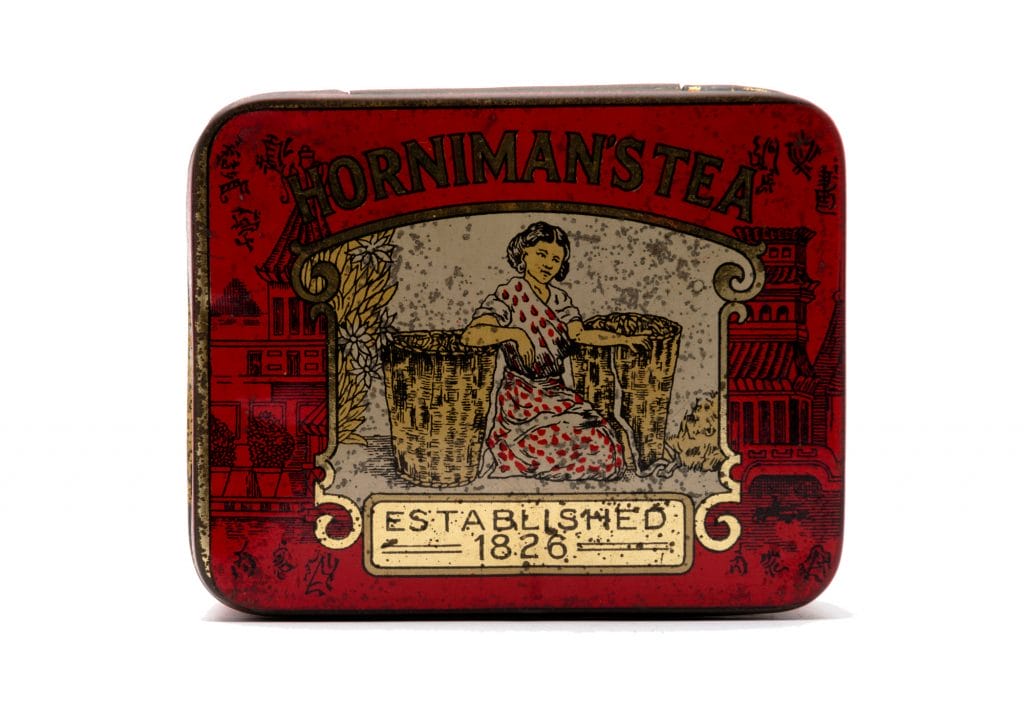
Joining the family business
Horniman's Tea: business is booming

The Horniman family
Travels around the world
His travels took him to destinations such as Egypt, Sri Lanka, Burma, China, Japan, Canada and the United States collecting objects which 'either appealed to his own fancy or that seemed to him likely to interest and inform those who had not had the opportunity to visit distant lands'.

"The collection goes or we do..."

Surrey House Museum opens

'Agents in every town'

The Gardens opening

Elected as an MP

A new museum
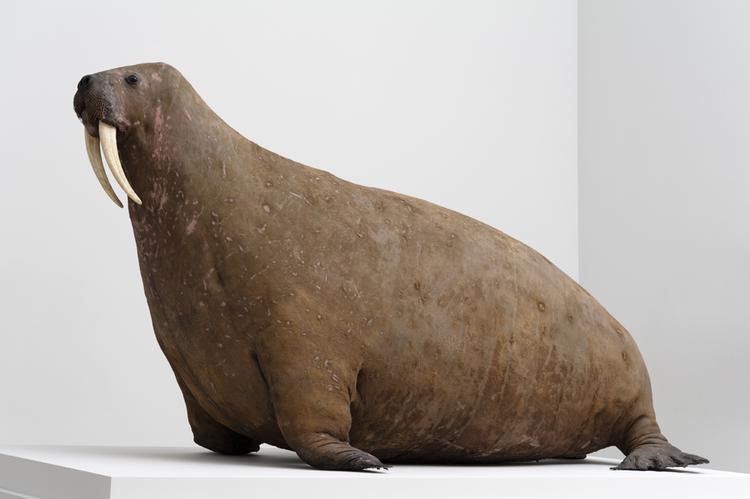

The Horniman opens
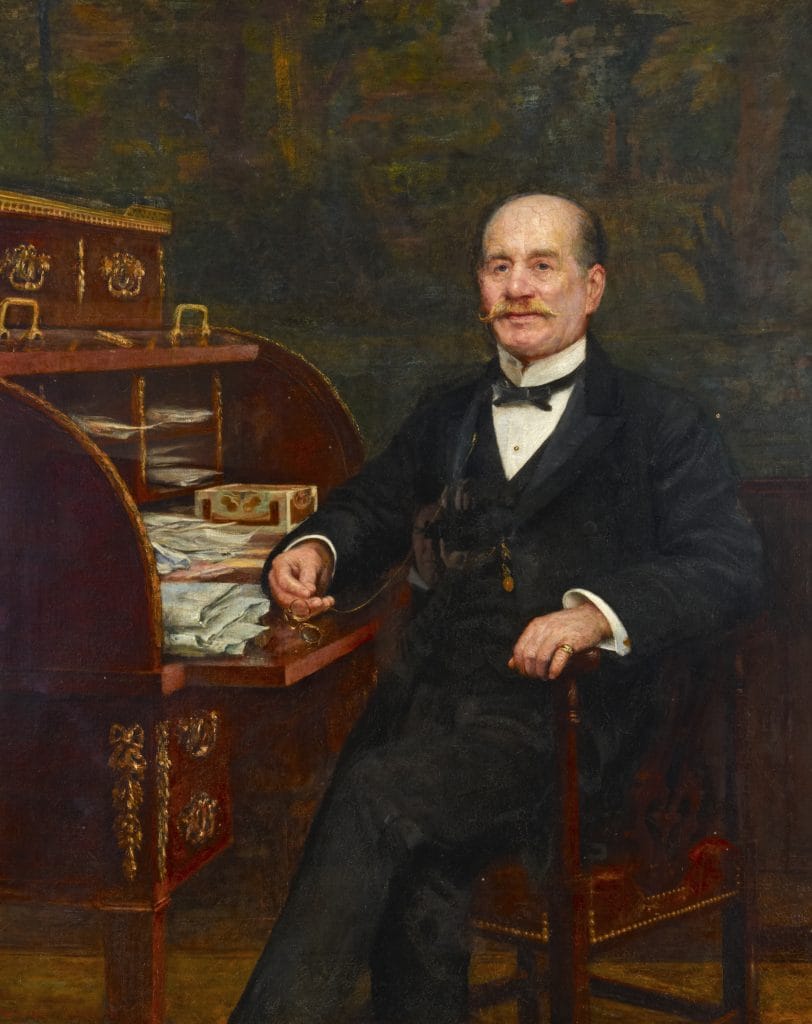
Frederick Horniman dies
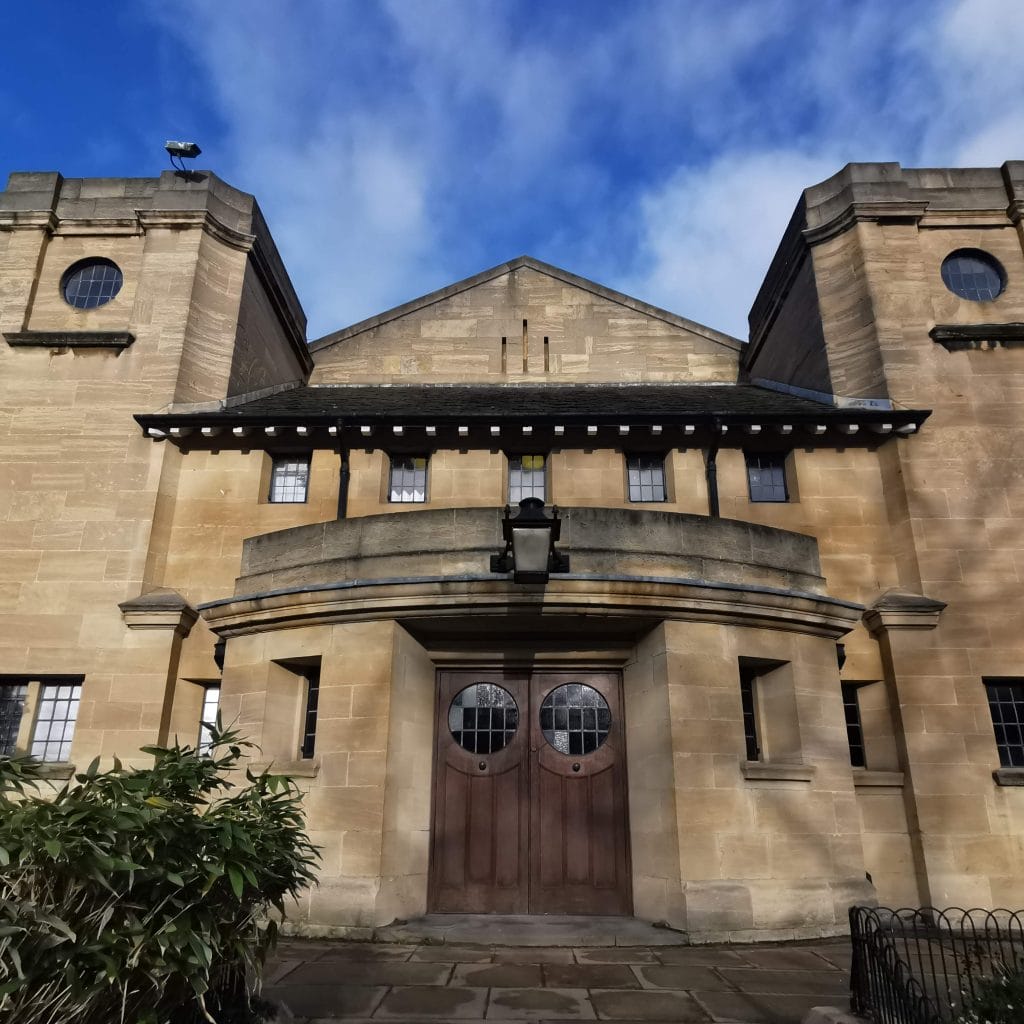
The 1912 extension
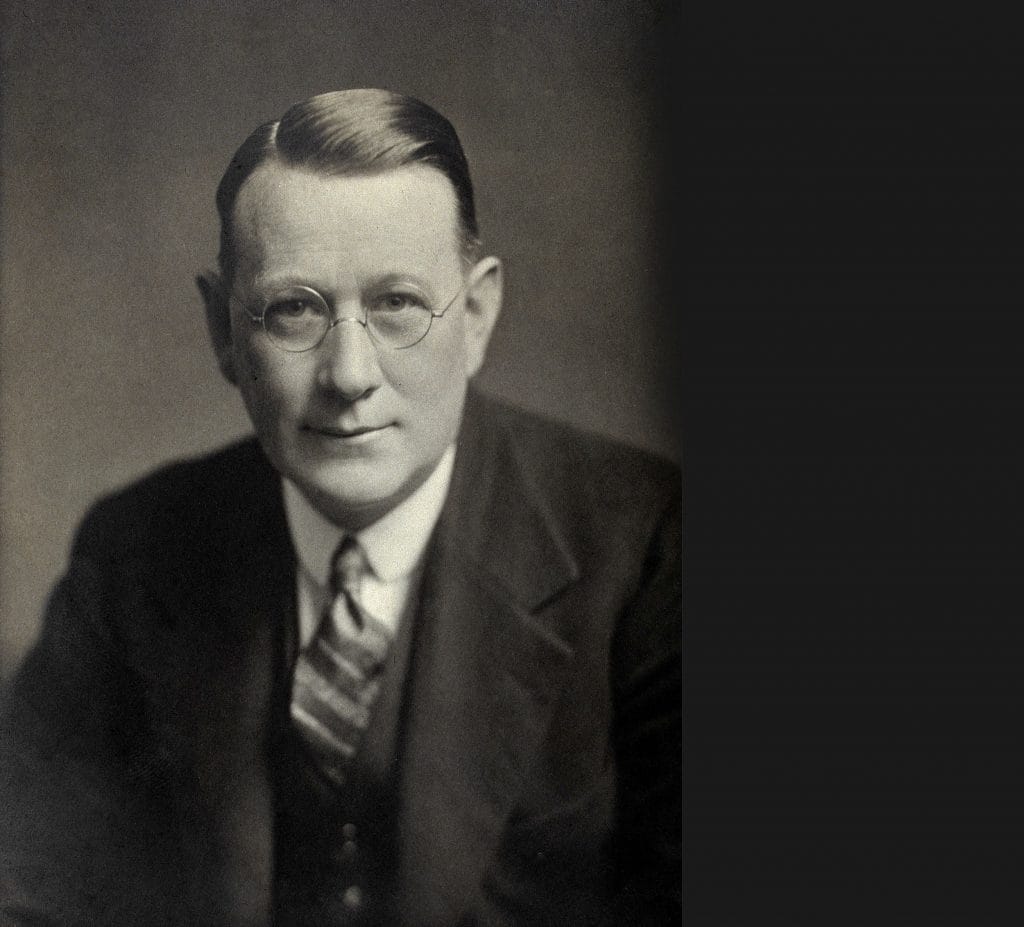
Credit: Wellcome Collection CC BY 4.0

The Sand Painting
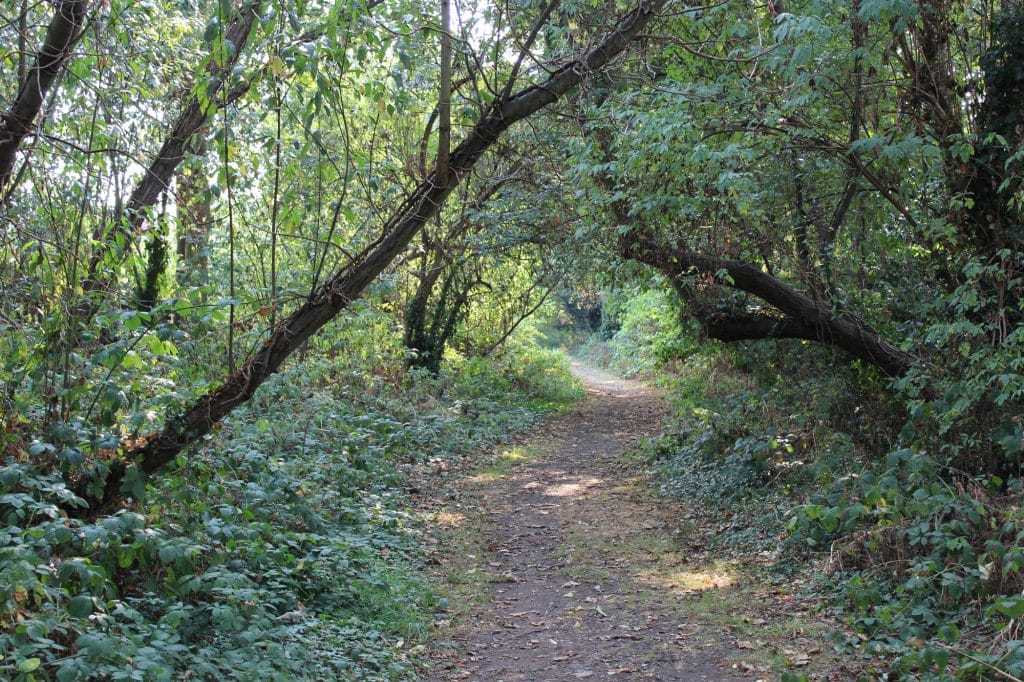
Nature Trail opens
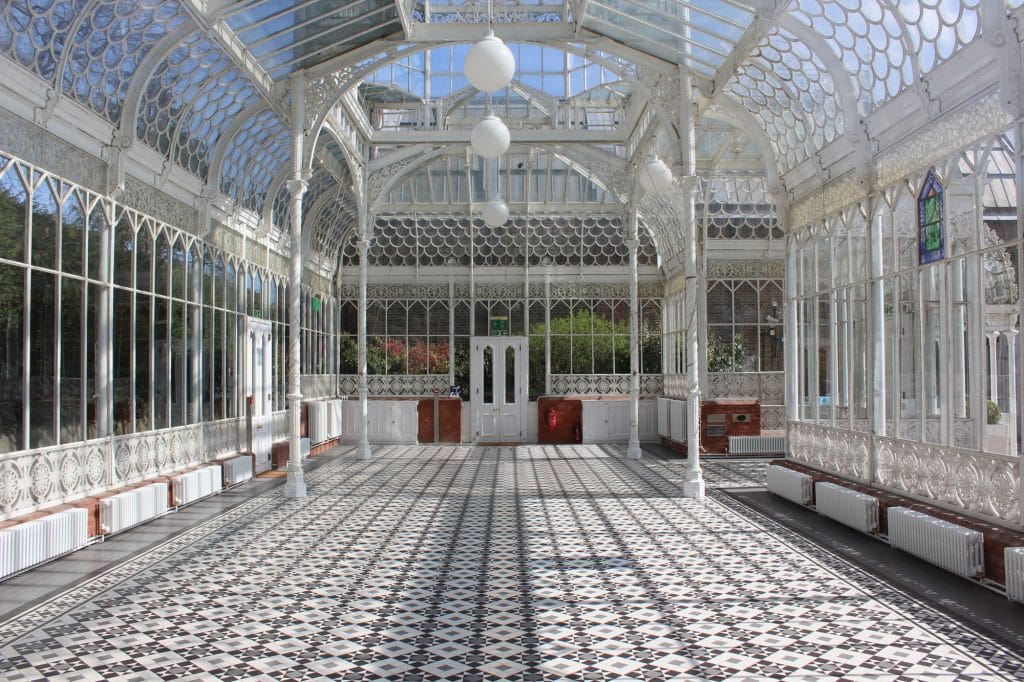
The Conservatory opens
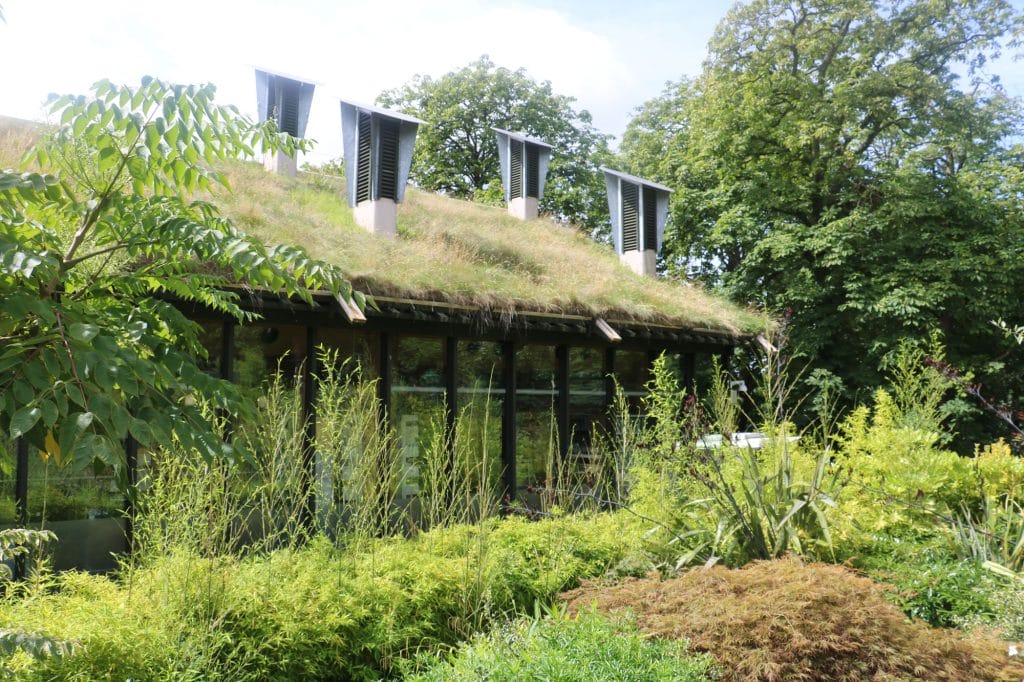
CUE building opened
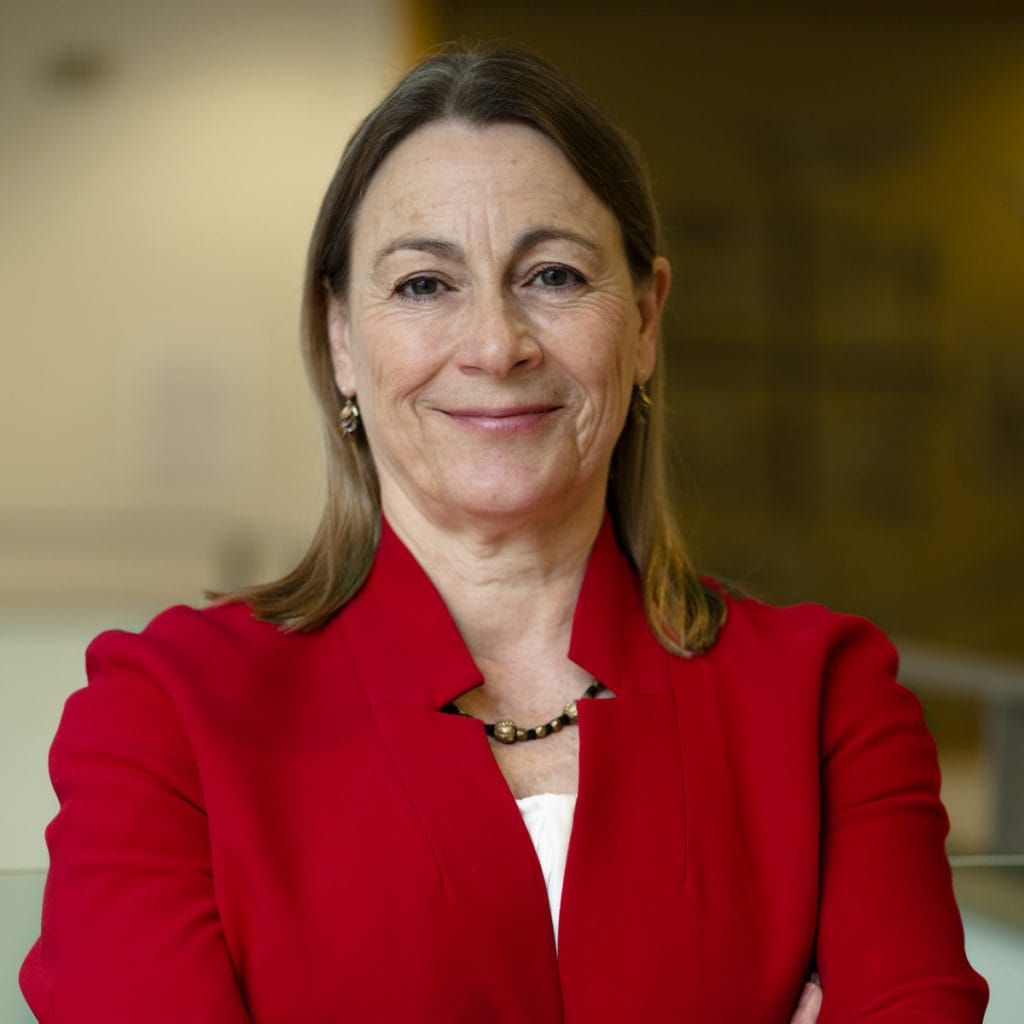
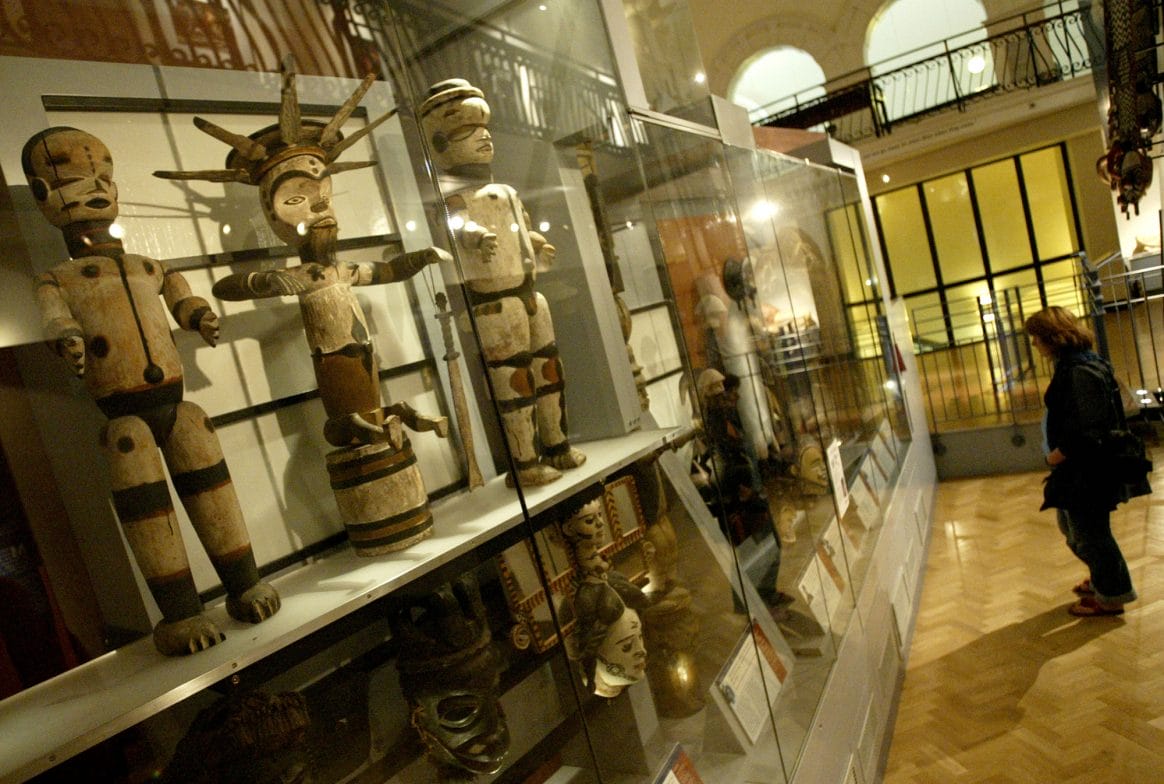
African Worlds opened
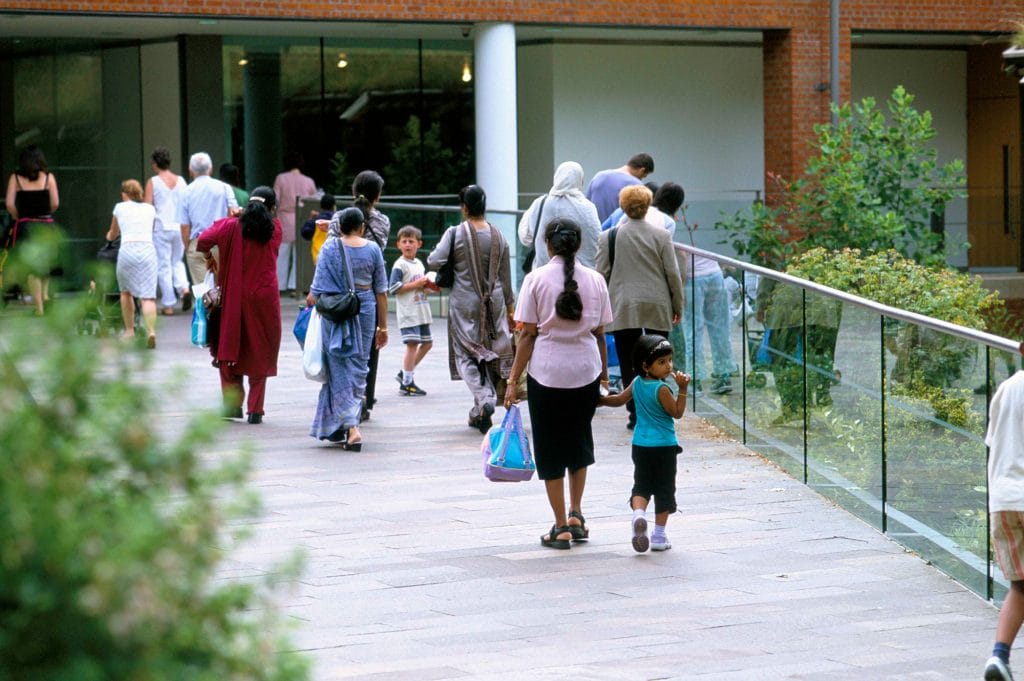
A new entrance and galleries

A makeover for the Gardens
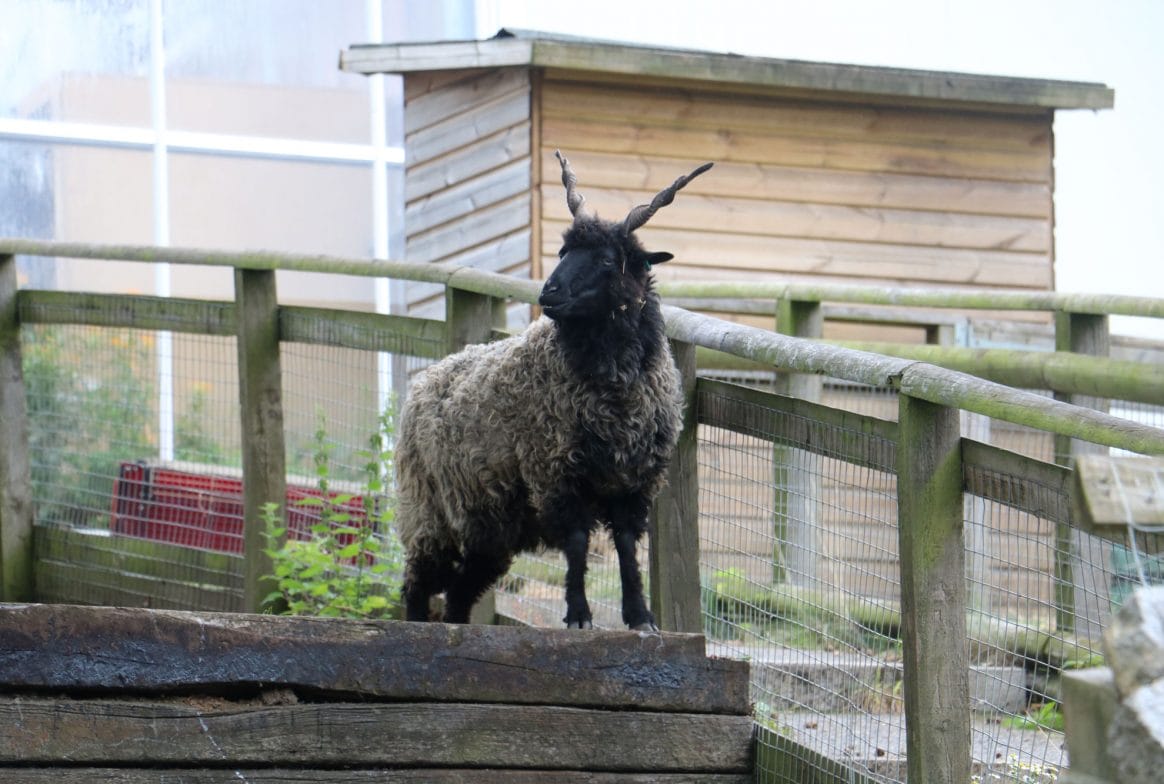
Animals move in
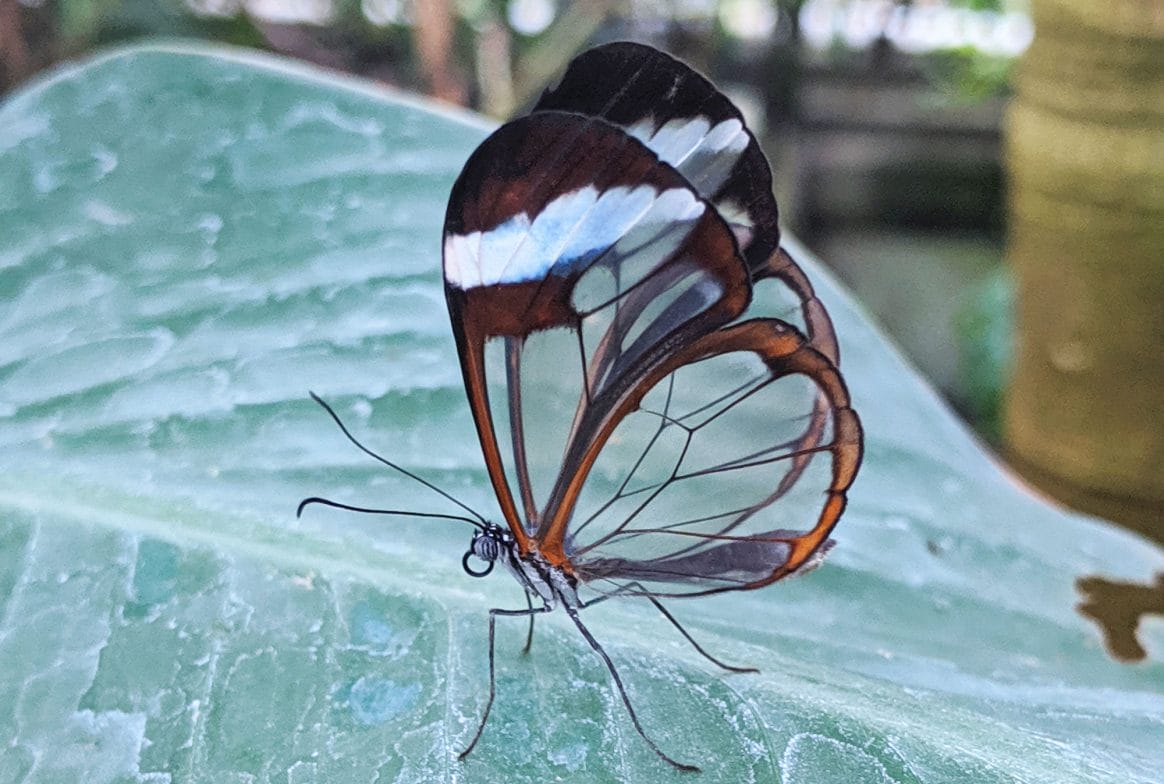
The Butterfly House

"Now more than ever, we need to promote understanding and tolerance between cultures, and to engage people in environmental issues that are of mounting public concern, such as climate change, pollution and loss of biodiversity."
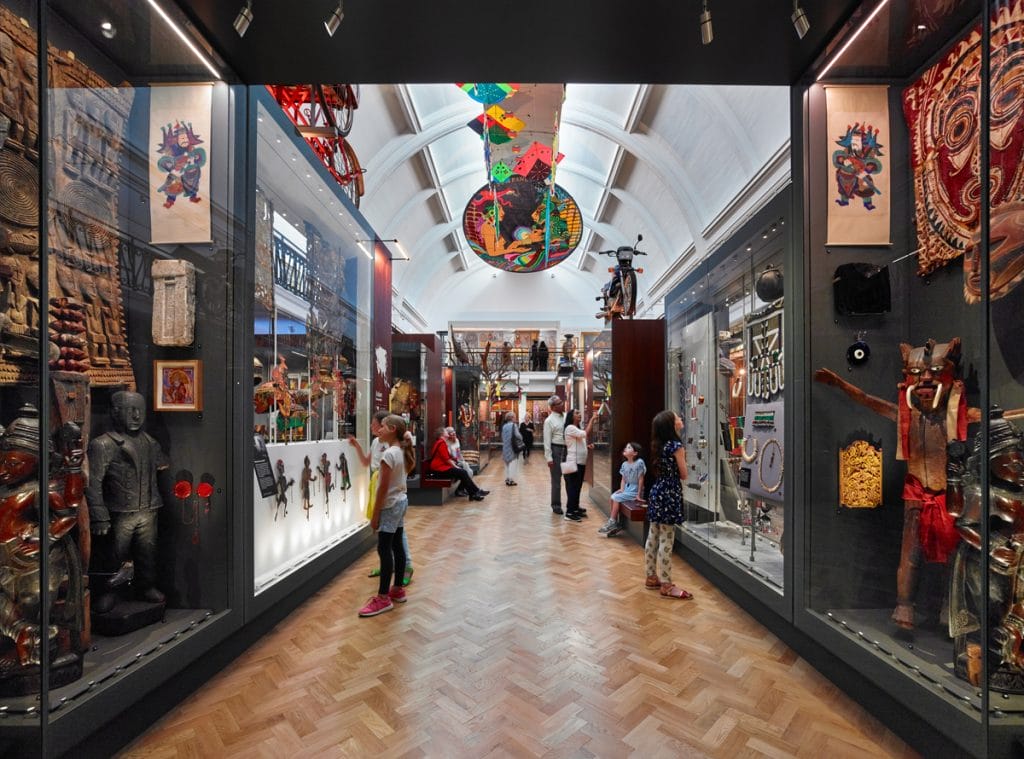
A new gallery about human cultures
The Studio: a social arts space
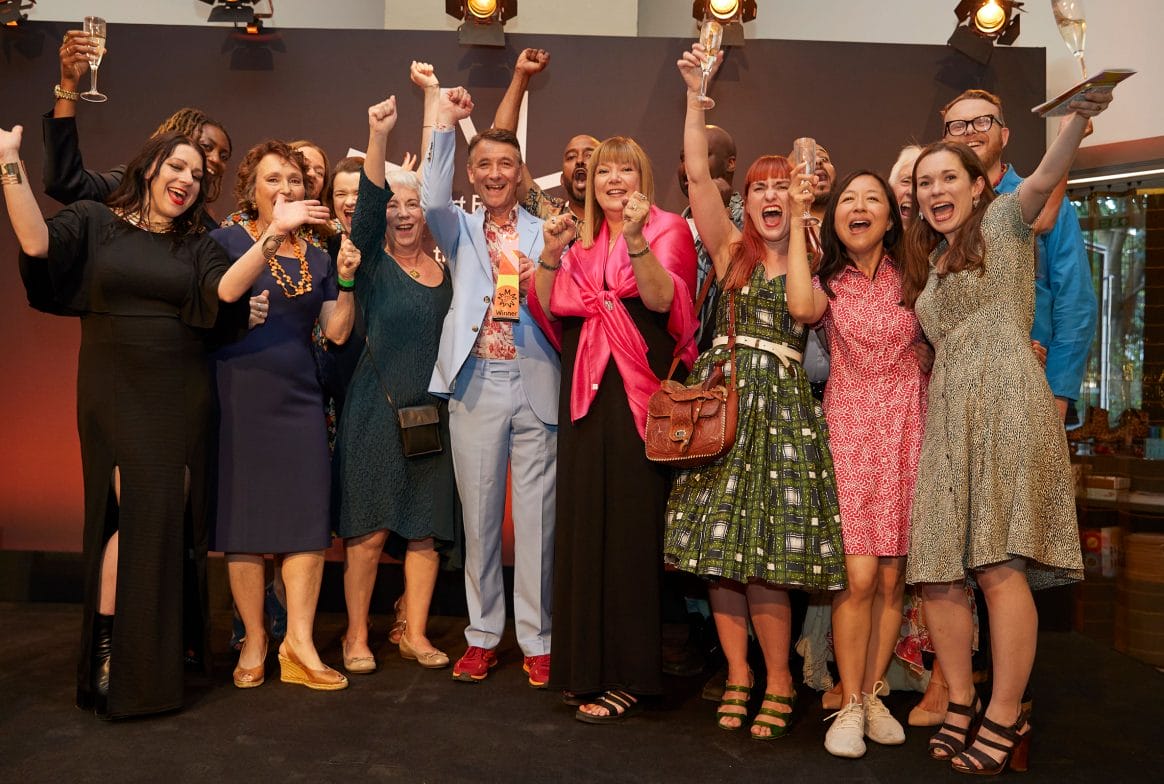
Horniman wins Museum of the Year
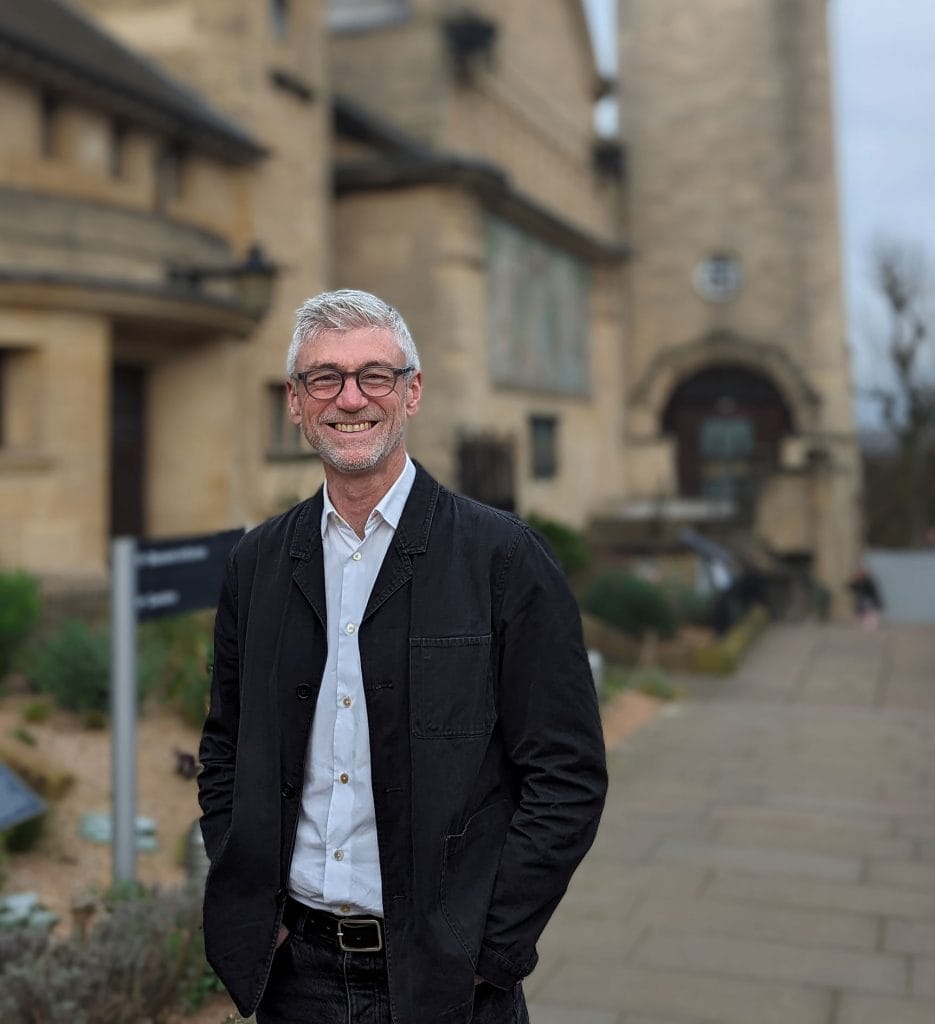
"The Horniman is a very special place, and we'll be working to make it even more successful for our local communities and for national and international audiences."


